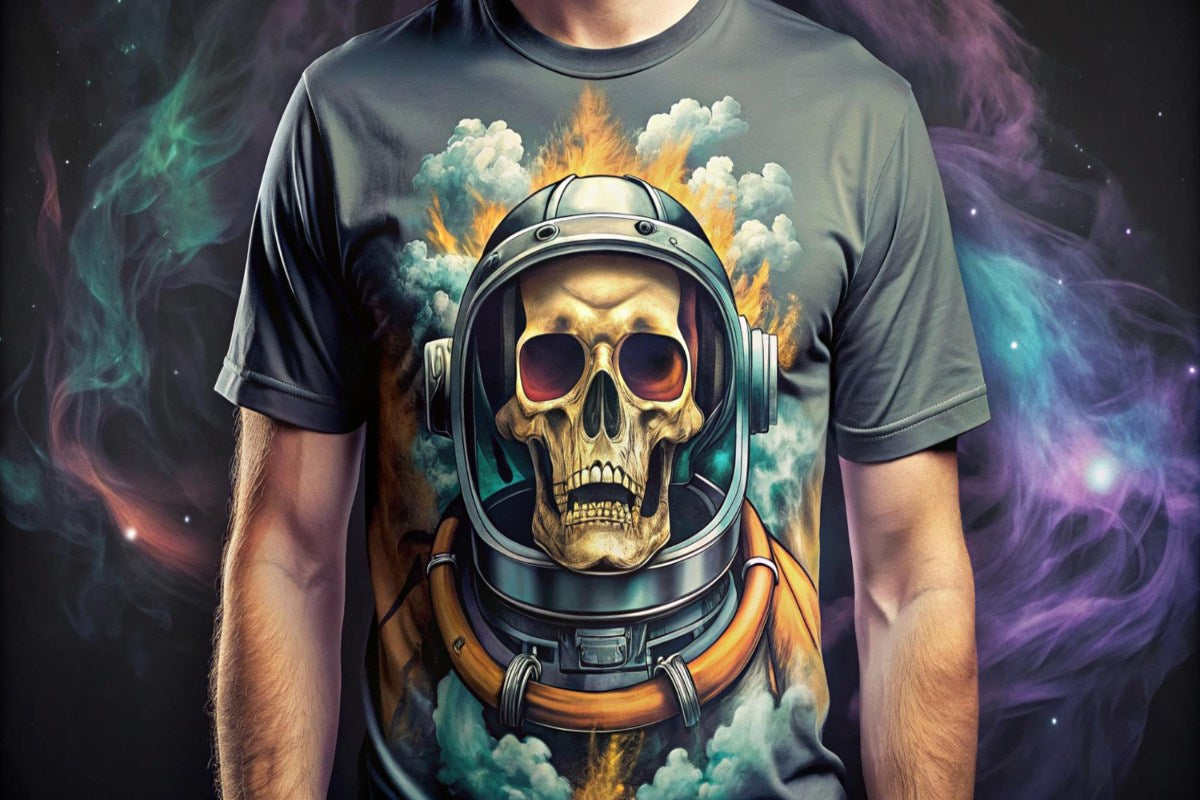
Austin DTF vs UV-DTF: Which One Fits?
Understanding the Basics of Austin DTF
When it comes to garment decoration and custom merch, Austin DTF (Direct-to-Film) stands out for its simplicity and reliability. It involves printing your design on a special film using eco-friendly inks and then transferring it onto fabric using heat. The process is praised for its flexibility across materials and long-lasting durability, making it perfect for t-shirts, hoodies, tote bags, and more.
What Makes UV-DTF a Unique Option?
UV-DTF (Ultraviolet Direct-to-Film) is a newer technology that uses UV-curable inks to create transfers designed primarily for hard surfaces like plastic, glass, metal, and ceramics. The prints are instantly dried using UV light, which provides quick production speeds and excellent adhesion for non-porous materials. While it’s not typically used for fabrics, it excels in the customization of products like mugs, tumblers, signs, and packaging.
Material Compatibility: Fabric vs Hard Surfaces
Austin DTF is perfect for any fabric type—cotton, polyester, blends, nylon, and even performance wear. This makes it a go-to choice for fashion brands and merch sellers. On the other hand, UV-DTF transfers are designed for smooth, hard materials. If your business involves customizing drinkware, phone cases, or glassware, UV-DTF will give you that crisp, adhesive-backed detail needed for precision.
Durability and Finish Comparison
DTF Transfers made in Austin are known for their soft hand feel and resistance to cracking or fading after multiple washes. The finish integrates well with the garment, making the design look and feel high-quality. UV-DTF prints, however, offer a glossy, high-definition finish that looks stunning on hard goods but would feel stiff or peel easily if applied to flexible materials like fabric.
Cost and Production Considerations
Austin DTF services typically have a lower entry cost and are ideal for small to medium-size runs. They don't require screens or expensive prep, and local shops often offer competitive pricing for custom jobs. UV-DTF requires more specialized printers and UV lighting setups, making it better suited for higher-end product customization or businesses with larger production volumes focused on retail-ready goods.
Choosing the Right Fit for Your Business
If you're printing for fashion, streetwear, or casual apparel, Austin DTF is the right path. It’s more user-friendly, accessible, and tested for wearability. However, if you’re creating branded gifts, custom tumblers, labels, or promotional goods, UV-DTF offers unmatched sharpness and adhesion for hard goods. Your ideal solution depends on your product line, target audience, and production goals.
Conclusion
Both Austin DTF and UV-DTF serve different needs, and neither is universally better. The key is understanding your product type and choosing the technology that matches it. For textiles and wearable items, DTF from Austin’s trusted suppliers offers vibrant, durable, and affordable results. For hard-surface personalization, UV-DTF shines with its precision and fast cure times. Define your business needs clearly, and you’ll find the right fit effortlessly.
Frequently Asked Questions
Can I use UV-DTF on fabric?
No, UV-DTF is designed for hard surfaces and doesn’t perform well on flexible materials like fabric.
Is Austin DTF washable?
Yes, DTF prints are very durable and withstand repeated washing without cracking or fading.
Which is better for t-shirts: DTF or UV-DTF?
DTF is the preferred choice for apparel due to its stretchability and soft texture.
Can I order Austin DTF online?
Yes, many local Austin providers offer online ordering with nationwide shipping.
Do UV-DTF transfers require a heat press?
No, they typically don’t require heat. The design adheres using strong adhesives and UV curing.
Which transfer type is more affordable?
Austin DTF is generally more cost-effective for apparel and low-volume printing.
Are both options eco-friendly?
DTF can be eco-conscious depending on ink type. UV-DTF uses solvent-free UV inks but is energy-intensive.
Do I need special software to prepare my design?
Basic design tools work for both, but vector formats (like AI or EPS) are often recommended for crisp results.
Can I use DTF or UV-DTF for stickers?
UV-DTF is better suited for sticker-like applications due to its adhesive backing and glossy finish.
Where can I find trusted suppliers in Austin?
You can search online for “Austin DTF Transfers” to find local businesses offering both standard and rush services.






